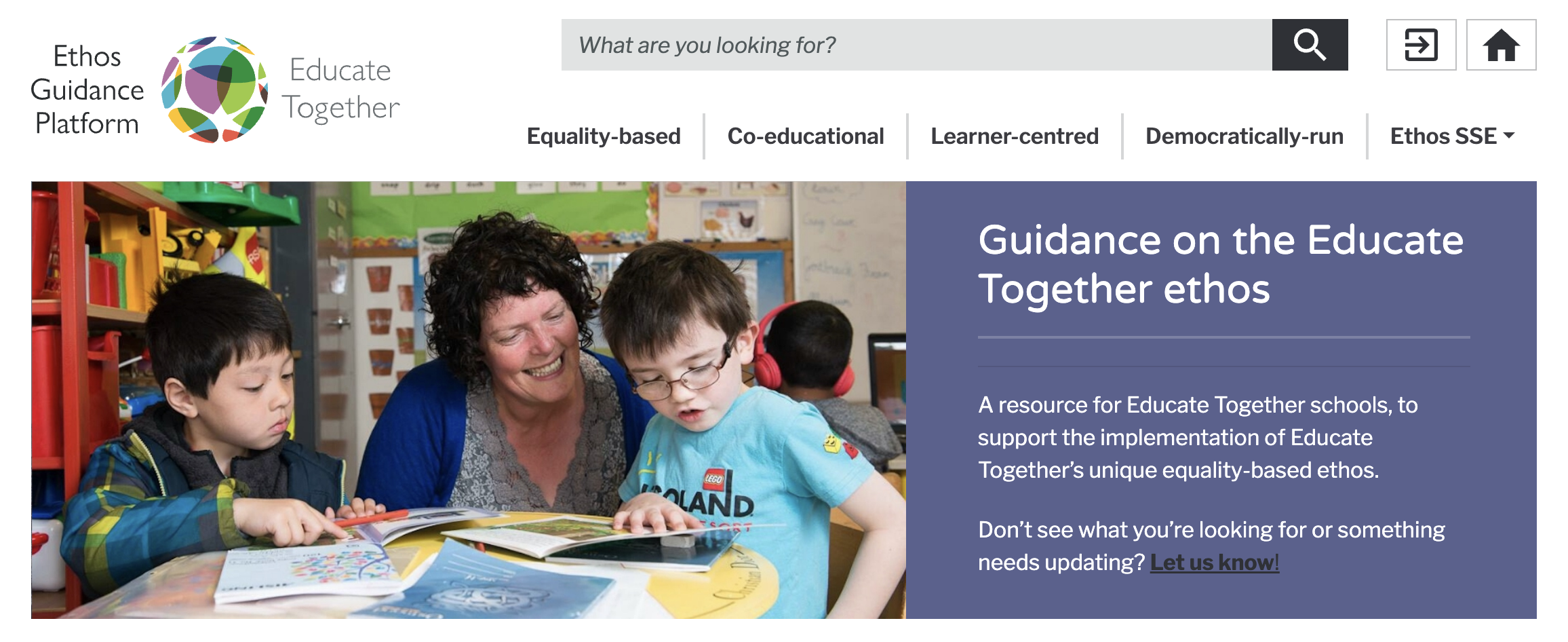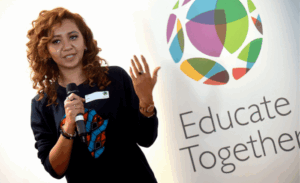Vera Shanahan, Primary Education Officer, Educate Together

Did you know?

Educate Together has developed an Ethos Guidance platform. This website seeks to provide guidance and advice on ethos-related matters to all school staff. This term, we are looking at guidance on Student Participation.
Educate Together schools’ strong commitment to student participation relates to the empowerment of individuals to take agency in their own lives as well as to the broader involvement of students in school decisions that affect them.
This commitment is outlined in the following Educate Together documents:
Child and student participation is concerned not just with students as a collective (as may be represented by a Student Council, or particular interest groups), but also with the individual rights of children. For children to flourish, there must be a culture of students’ voices being heard about everything that affects their daily lives.
Recommendations for Student Participation
Educate Together schools that are truly learner-centred are places where the students are more than participants – they are the co-creators of their education and of the classroom community. Within that community, students can be active agents in their own learning, and in their holistic experience of the school. This collaborative, creative process yields a truly student-centred teaching and learning environment.

Growing Autonomy
At the beginning of primary level schooling, a child may not always be able to express themselves fully, and for this reason, children’s voices are often amplified by their parents. Regular child-centred check-ins are useful for both parents and school staff in maintaining a focus on what is best for each child and avoiding becoming distracted by adult motivations.
Student Participation in Primary School
From the earliest stages of the primary schooling experience, engaging in child-led activities such as explorative play develops children’s confidence in their own agency. As they grow within the primary school setting, the agentic child’s understanding of the school environment/community increases so that they can be empowered to become more active participants in decisions that affect them.
Student Participation in Second-level School
This sense of empowerment continues to be nurtured throughout students’ school experience. By the end of second-level schooling, students should feel very confident to speak on their own behalf, and to advocate for themselves. In fact, by the time they are sitting the Leaving Certificate examination, many students are legal adults in their own right.
For further information on this see At What Age Can I? by the Citizens Information Board.
Click Here for Support Materials
- Support and resources to help implement a strong child participation model in schools are available at https://www.ourvoicesourschools.ie/
- Good Practice Guidance from the Ombudsman for Children’s Office: Children’s Participation in Decision-Making
- Suite of teaching resources for primary and second-level, around Making Children’s Rights Real, from the Ombudsman for Children’s Office
- Looking at Our School (Primary and Post-Primary)
